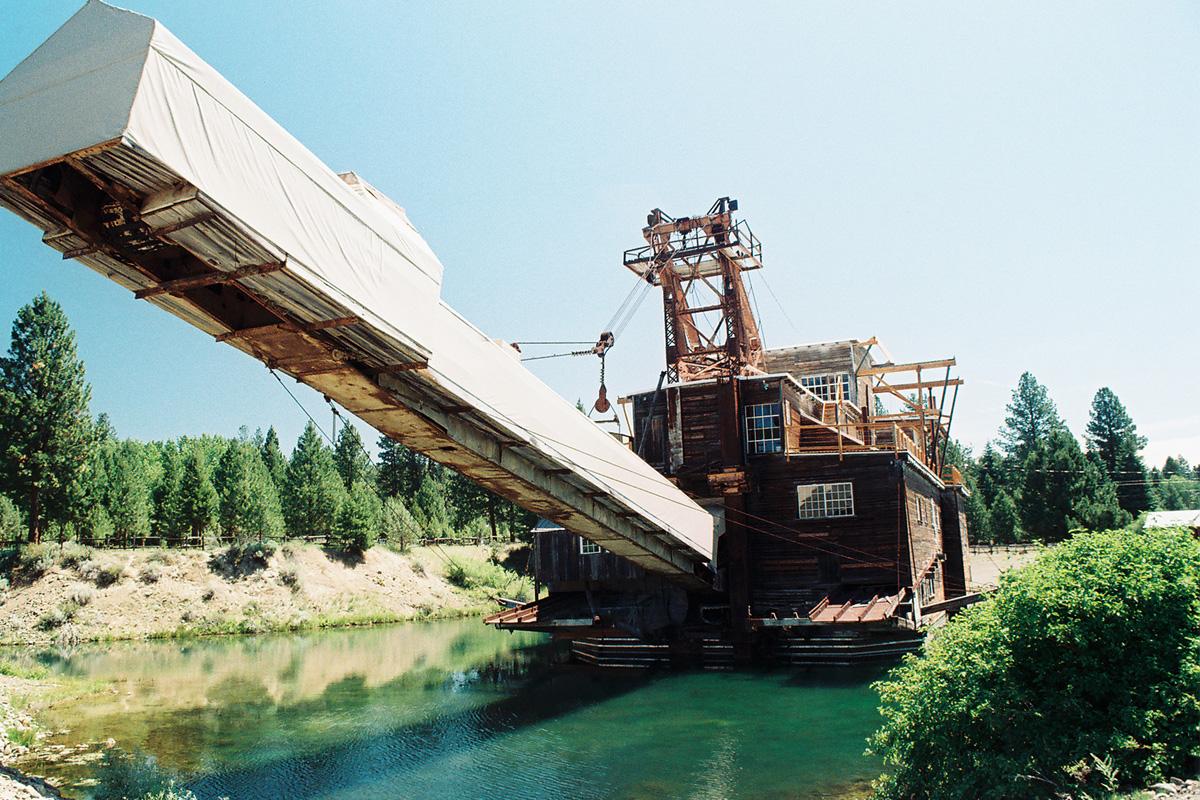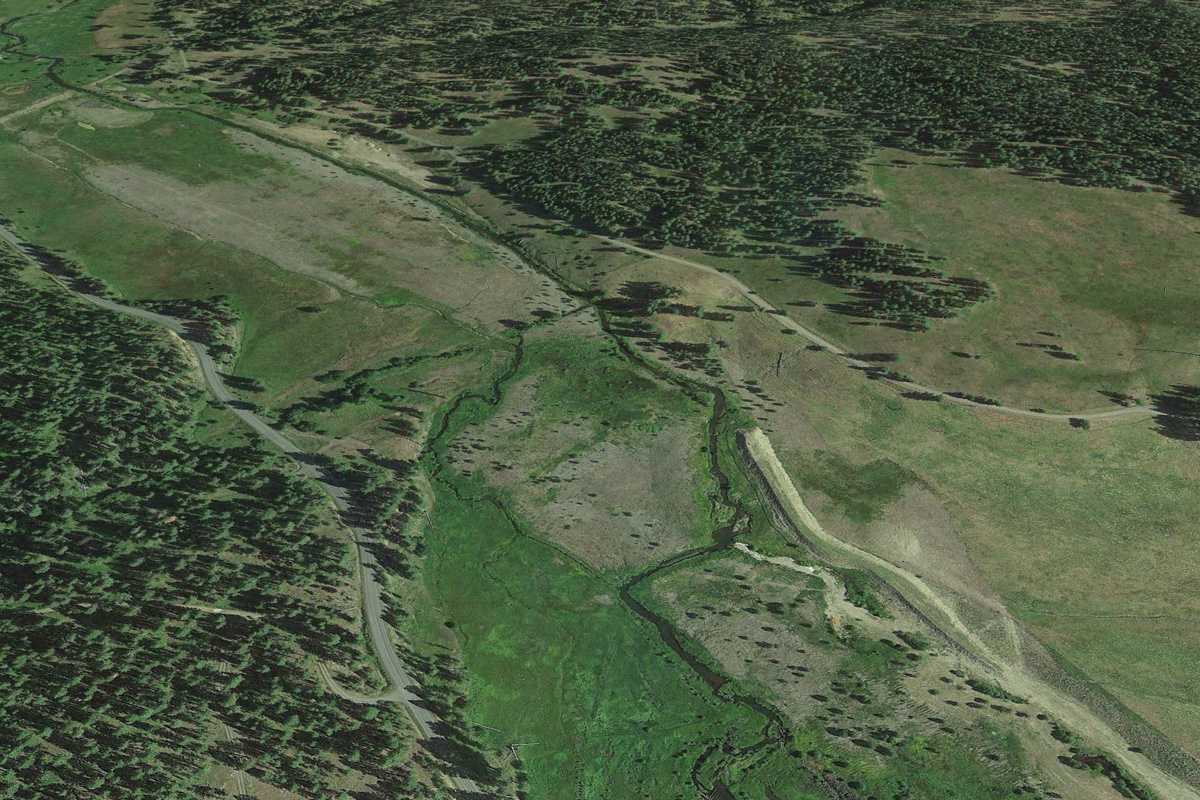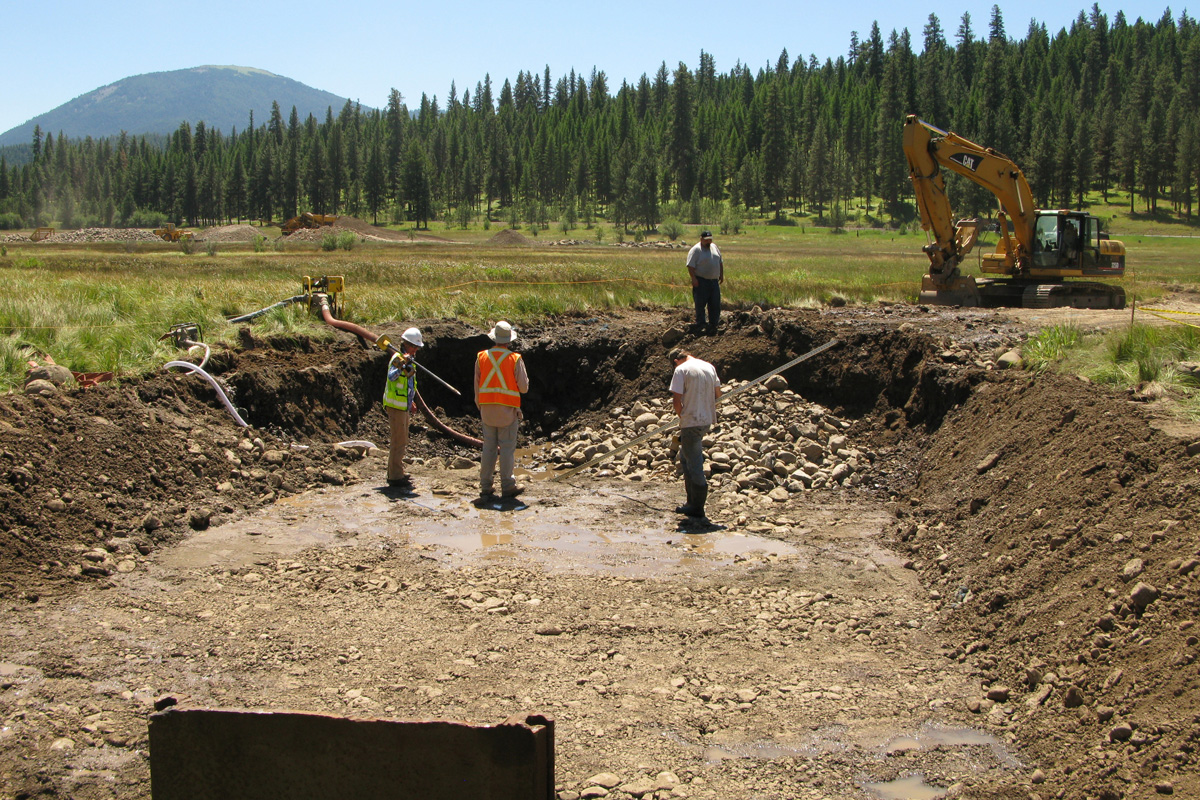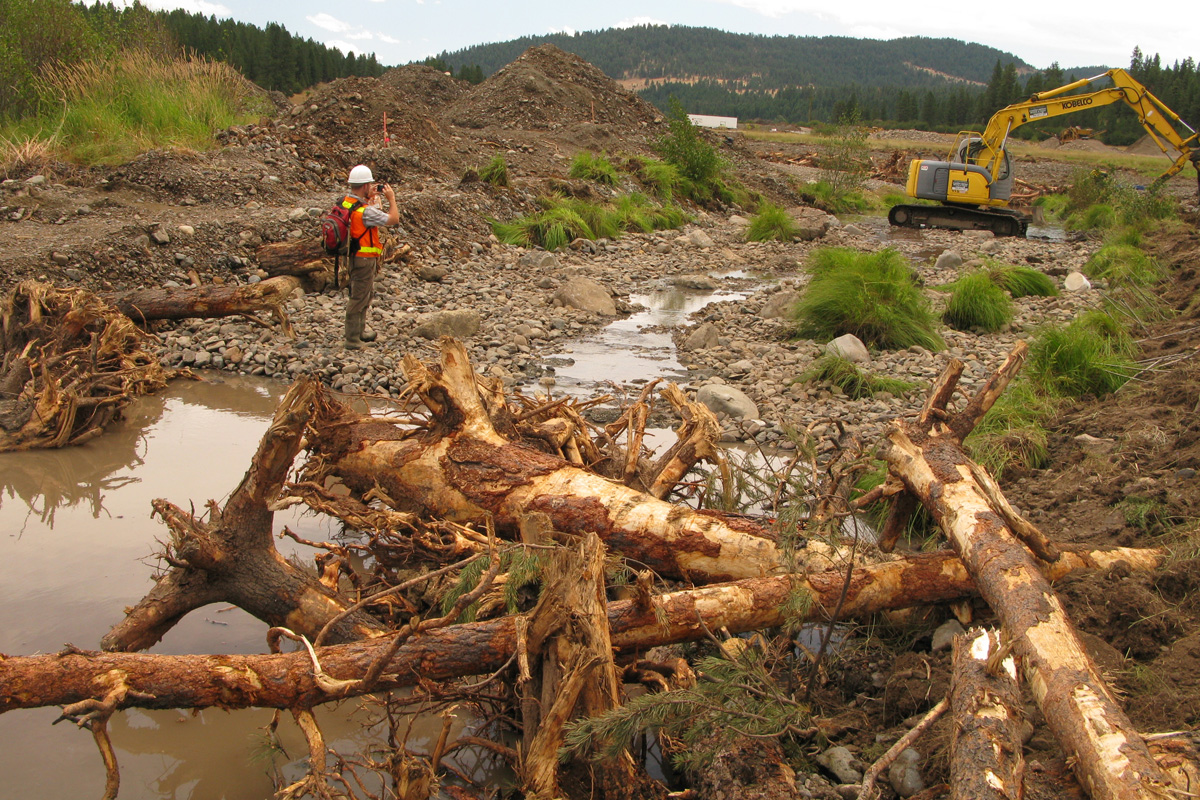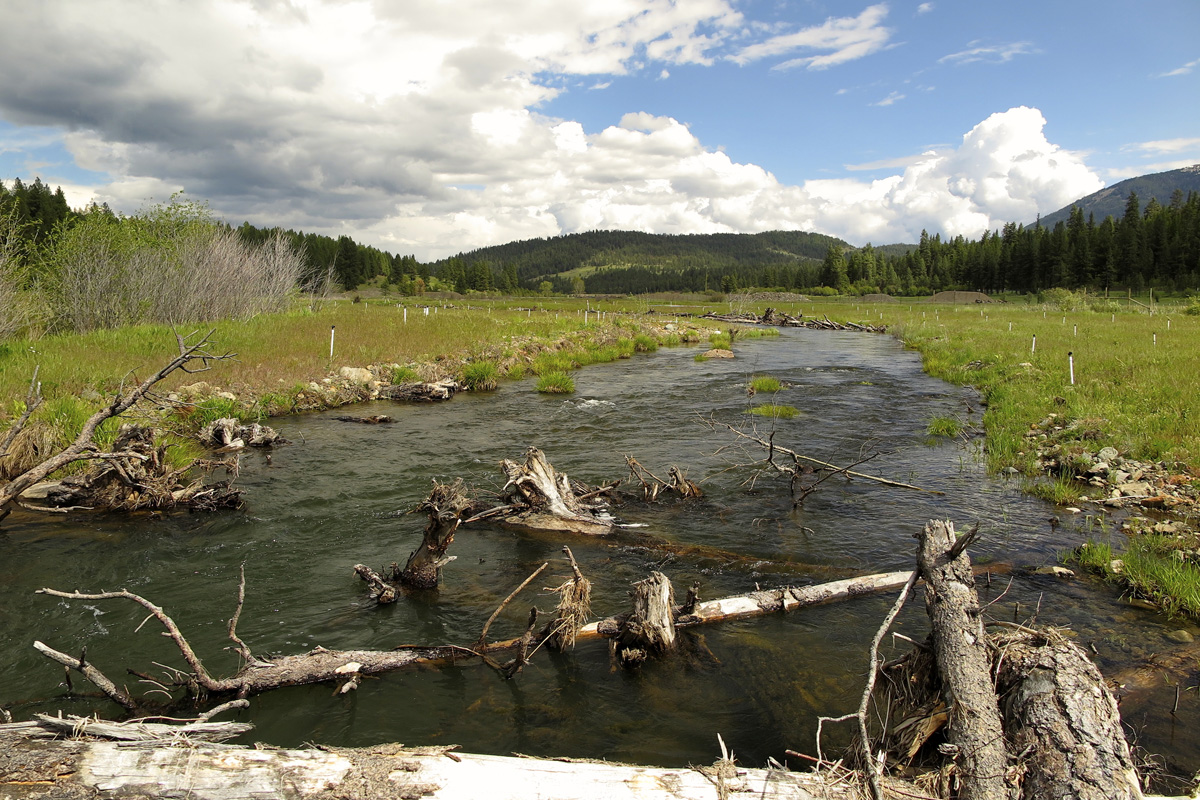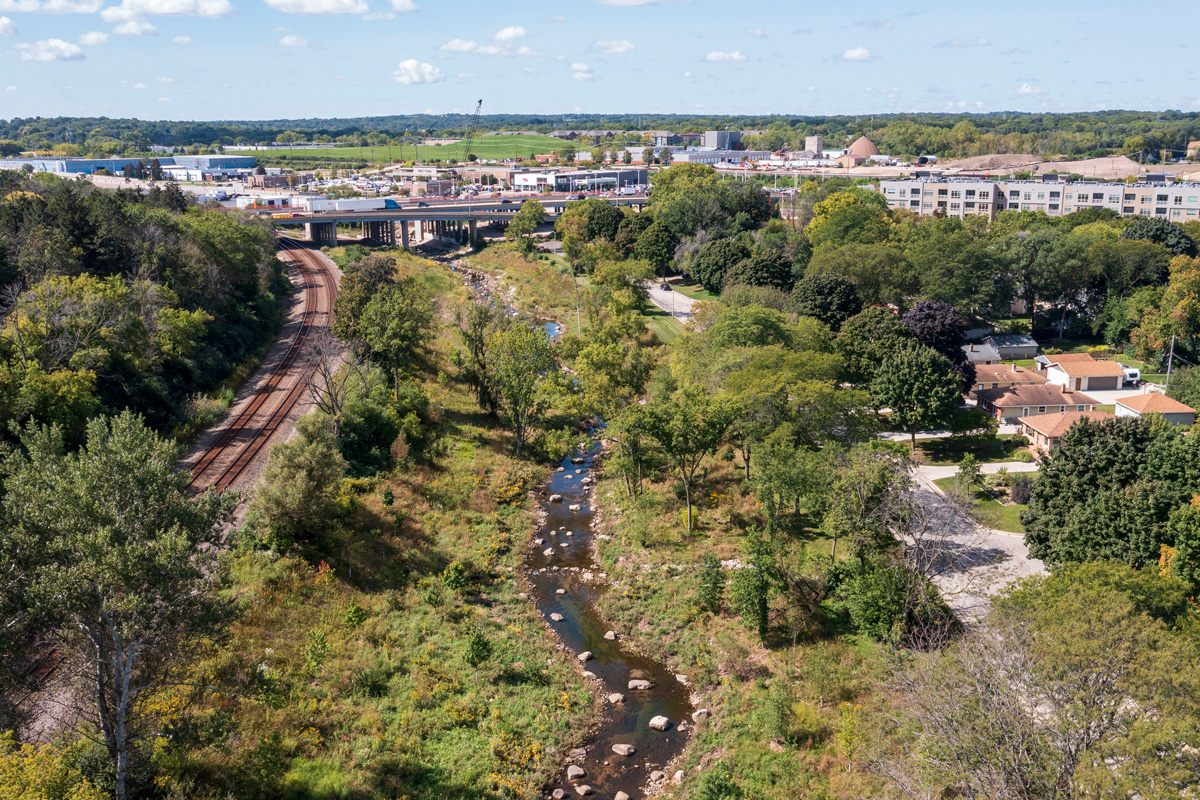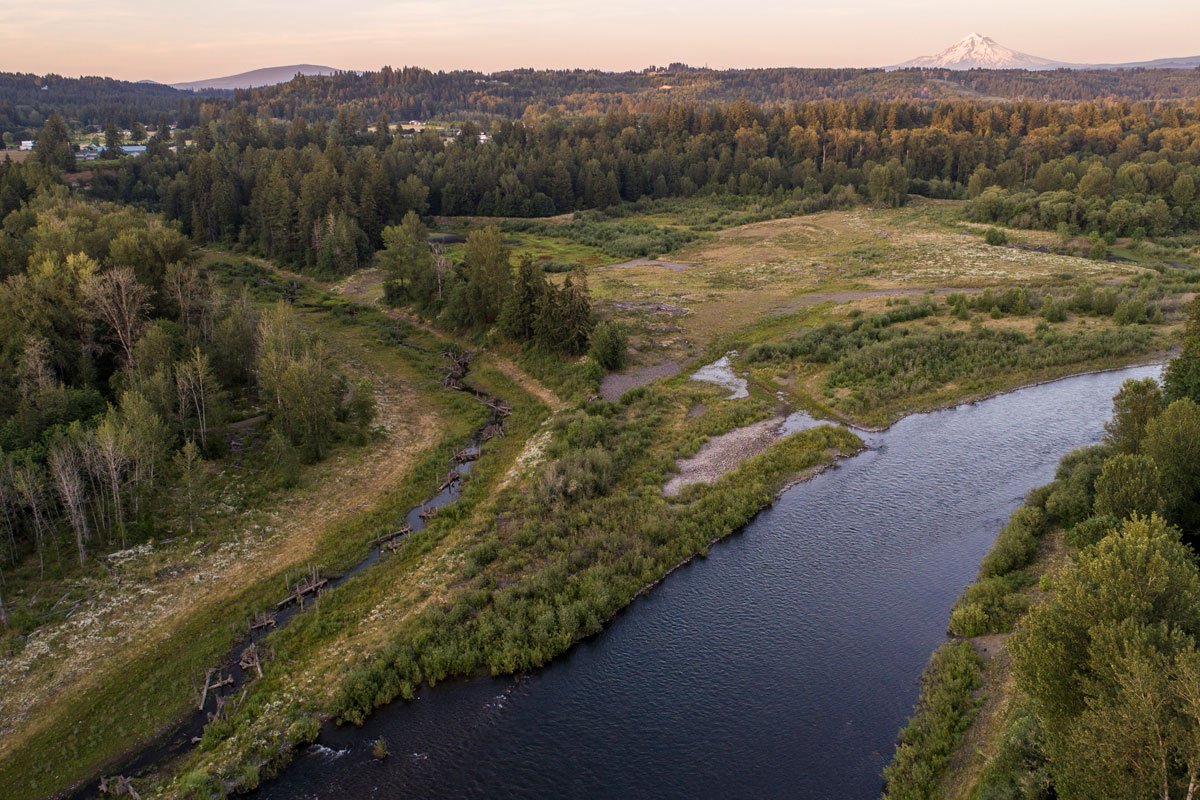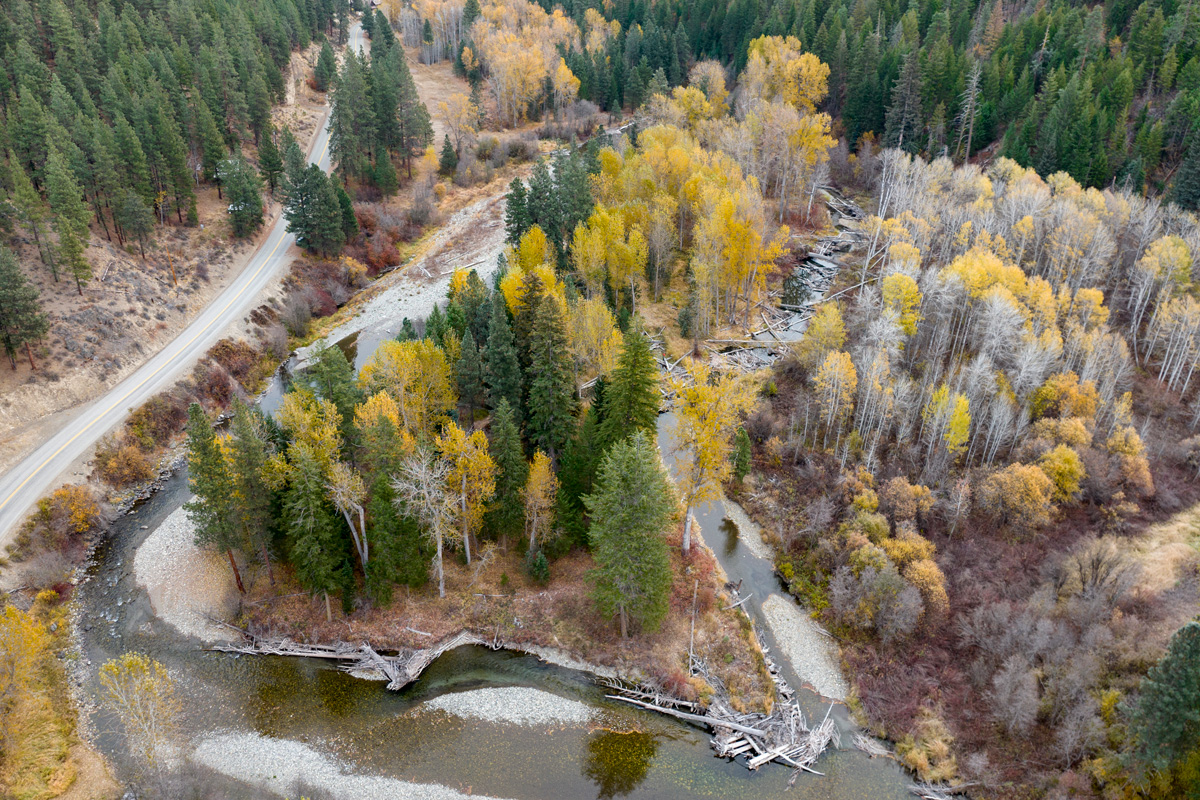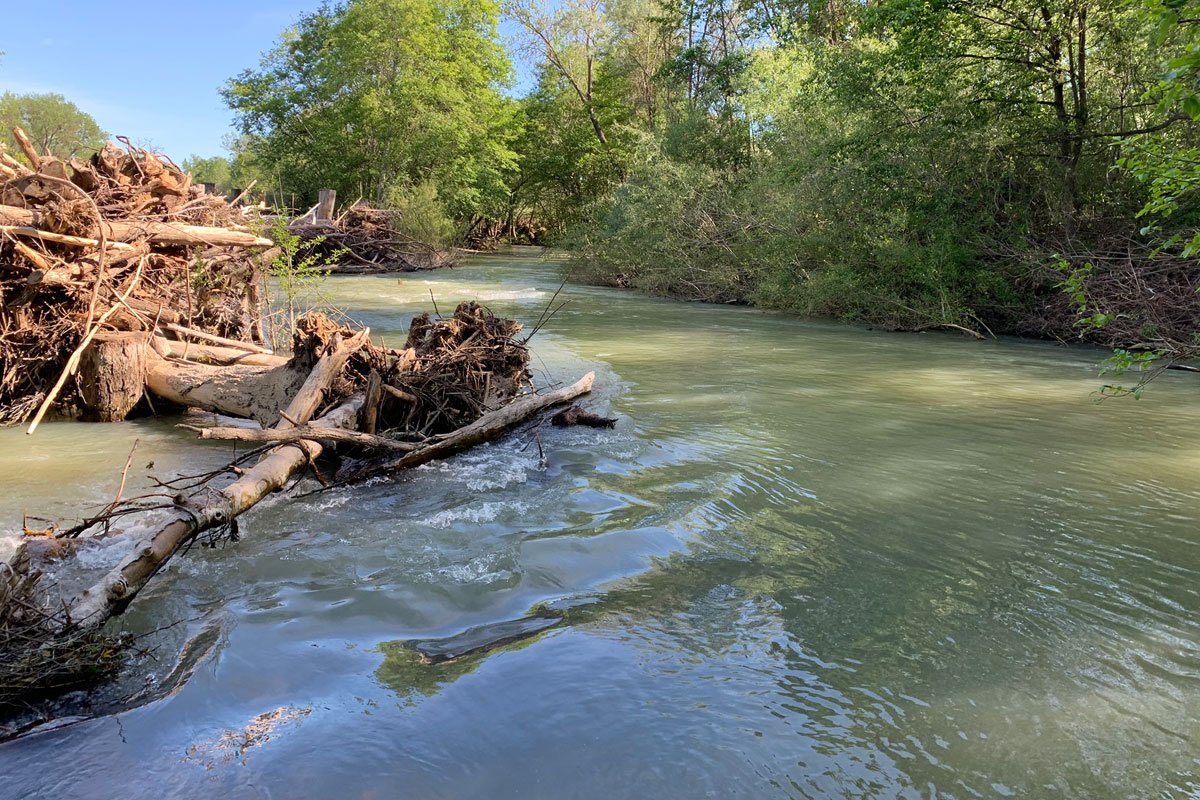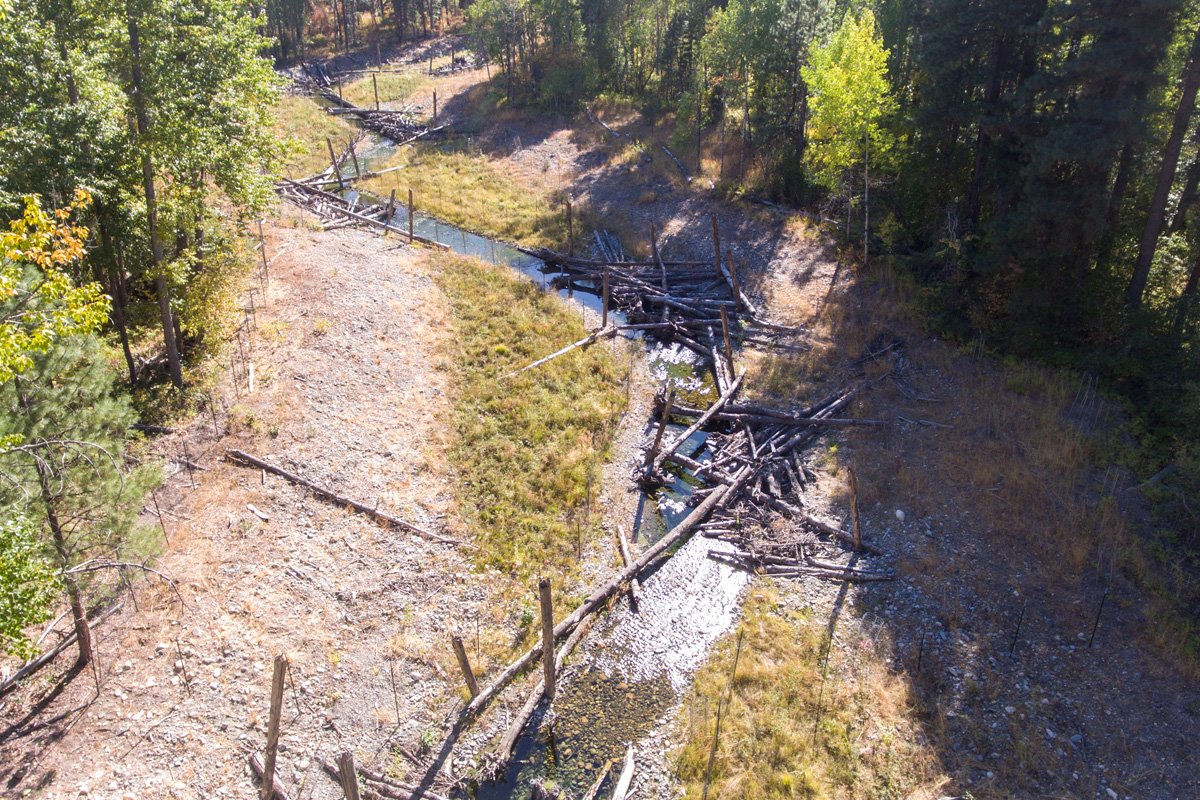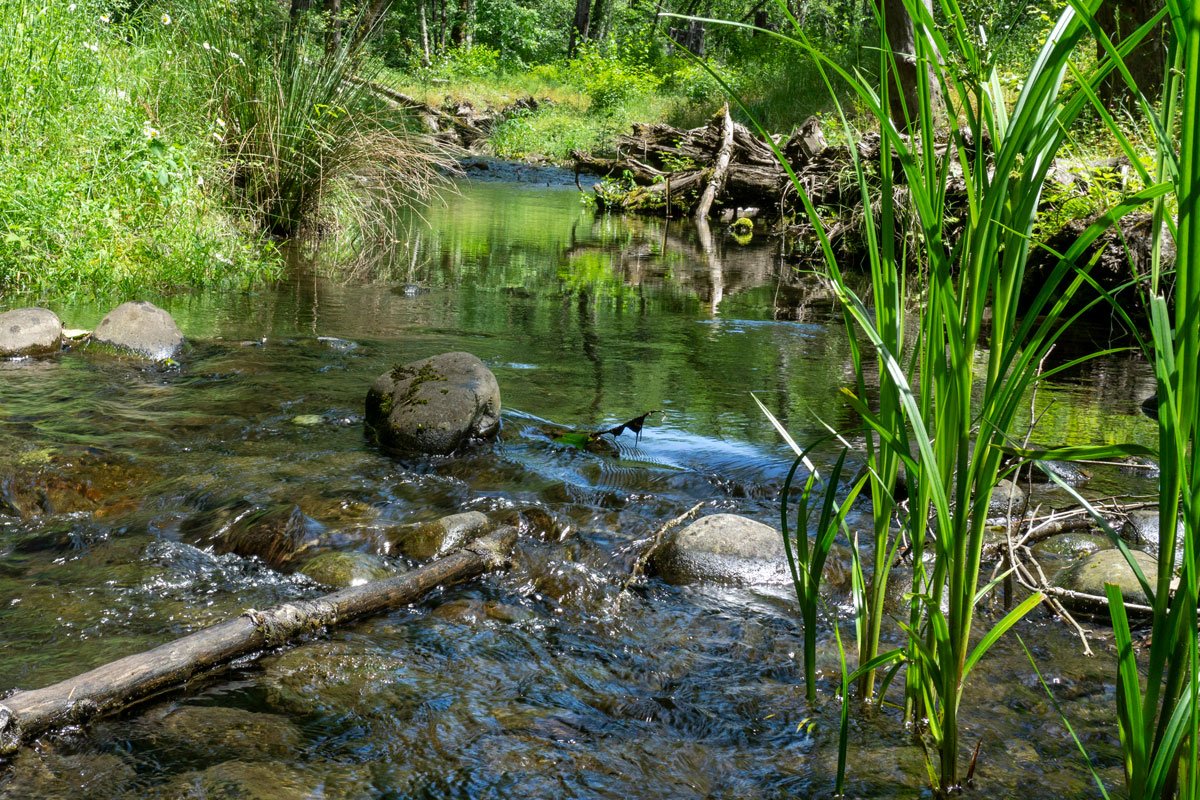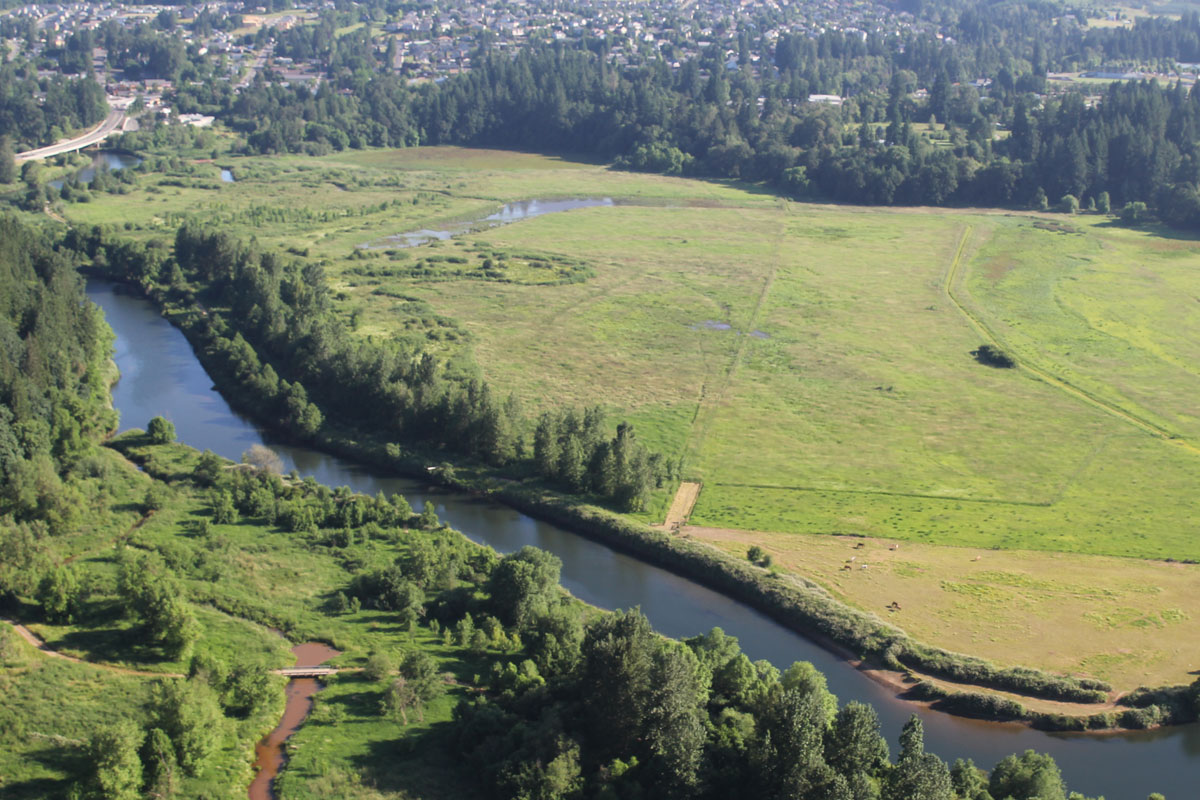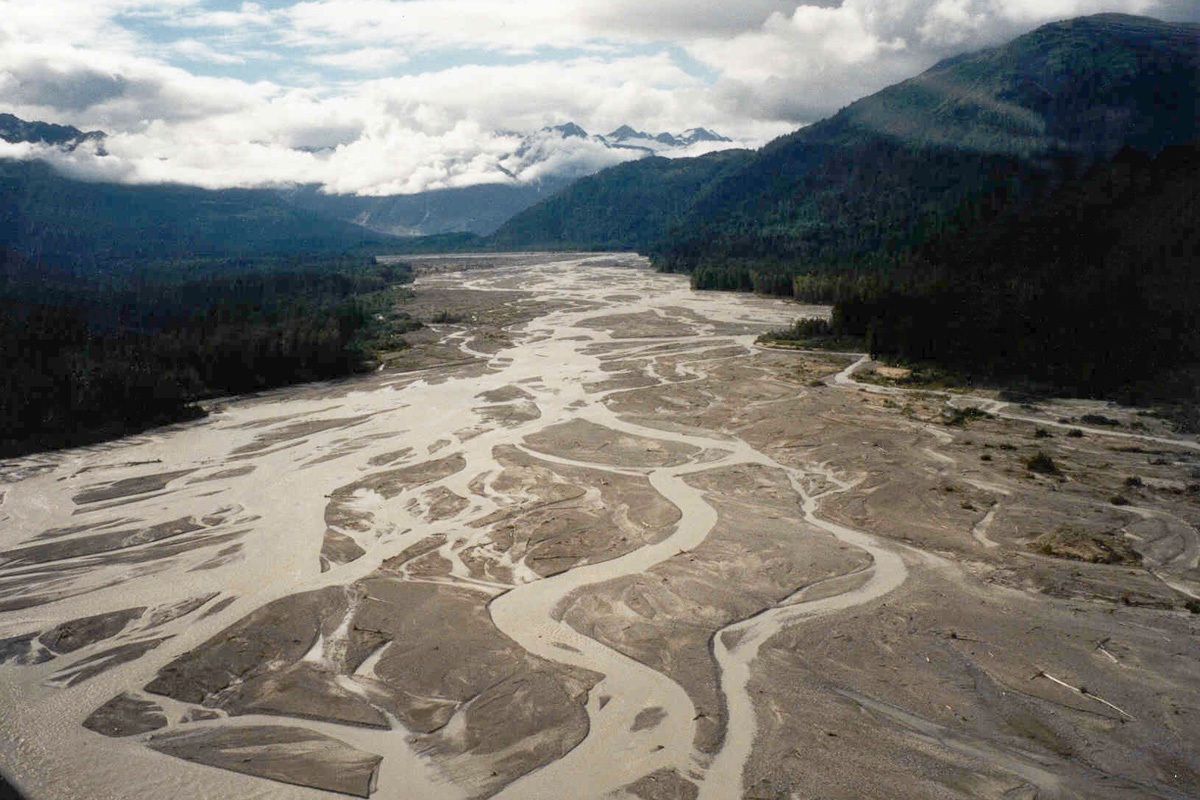Middle Fork John Day Oxbow, Oregon
The Oxbow project on the Middle Fork John Day River was designed to enhance salmon habitat on a reach of the river whose floodplain was subjected to hydraulic dredge mining for gold in the 1930s and 1940s. The result of these impacts was a channelized river with little complex habitat to support juvenile rearing and spawning for Spring Chinook salmon and steelhead. We were contracted as part of the US Bureau of Reclamation design team to provide assistance with project phasing, logjam design, and construction sequencing for this complicated channel reconstruction project.
Inter-Fluve staff were involved in developing the permit-level and final design plans, and were on site during all of summer 2014 (Phase 3) and summer 2015 (Phase 4) construction. Phase 3 consisted of 1,700 feet of newly constructed channel that was activated in August 2014. Phase 4 included the construction of an additional 1,800 feet of channel. Phases 4 and 5, activated in 2016, bring the total length of reconstructed channel to over 1 mile.
